Category Archives: Spring 2014
Virginia Poundstone, BOG-MIA
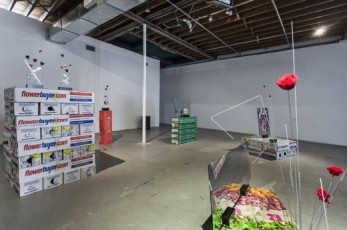
Written on March 6, 2014 at 10:00 pm, by Kara Pickman
In BOG-MIA, New York-based sculptor Virginia Poundstone cross-pollinates sculpture, video installation, and photography to explore the transformation of flowers from living things to commodities within the global system of trade. The installation is rich in matter and material, incorporating vinyl, granite, aluminum, and chemically altered roses into her work. At the core of Poundstone’s installation is an inherently complicated species, one that yields a complex world beyond its natural state.
R. Luke DuBois, NOW
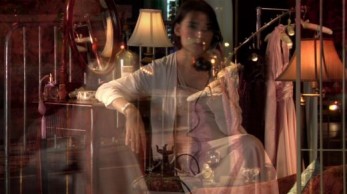
Written on March 6, 2014 at 10:00 pm, by Kara Pickman
NOW, the survey of artworks by R. Luke DuBois currently on view at The Ringling Museum of Art, is a collection of portraits created from crowd-sourced information. Each originates as data aggregated from sources like Billboard charts, music videos, Manhattan traffic, and the circus. Some portraits consist of complex systems, including his newest, which involves motion-triggered video, and others take on a more traditional identity as flat works recalling the history of the genre. By placing them side by side, curator Matthew McLendon emphasizes transitions both in social ideology and artistic representation.
Americana (Pérez Art Museum Miami: December 4, 2013 – May 1, 2014)
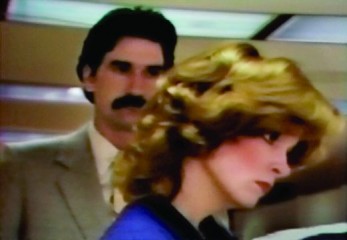
Written on March 6, 2014 at 10:00 pm, by Kara Pickman
Americana brings together works from the museum’s early-stage collection and loans from area collectors in an attempt to create a legible co-history between the continental Americas, using its location in Miami as a framework. The city itself rolls together peoples and histories from the Caribbean and the Americas; here, the resulting cultural intersections and chasms are reflected in this exhibition in six parts.
Class and Press in the New Miami
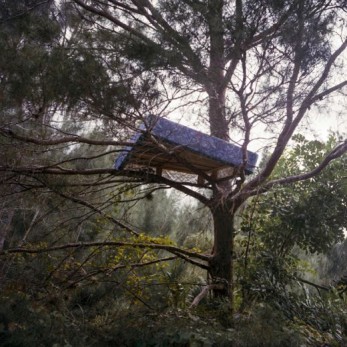
Written on March 6, 2014 at 10:00 pm, by Kara Pickman
Of course nothing could be more out of fashion these days than considering the class perspective that a piece of writing may embody. It’s like flipping open a Razr in the Apple store. Dissecting an article to see whose interests it upholds gives off a whiff of a stodgy old exercise that has been exhausted and has undergone the terrible fate of becoming an academic practice, dead and dry and slightly embarrassing. And it’s taken to be this, when it is lucky enough to not just come off as the pure resentment of entrenched lefties—defeated curmudgeons always suspicious of everything anyway.
William Gibson
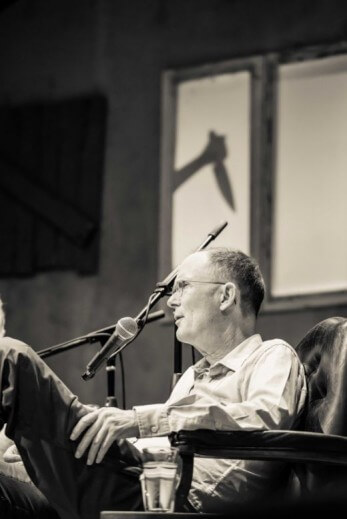
Written on March 6, 2014 at 10:00 pm, by Kara Pickman
The latent doubleness of everything, often waiting for the future to unearth it, spreads under all that Gibson writes, and it works because it seems to mimic the ways in which we can respond to and map the world we currently move in. I went to interview Gibson about his new book of essays, Distrust that Particular Flavor, at the Key West Literary Seminar in January. We met, but he felt a little too out of it for a sit-down talk. Instead, we decided on an email exchange.
Xaviera Simmons, Open
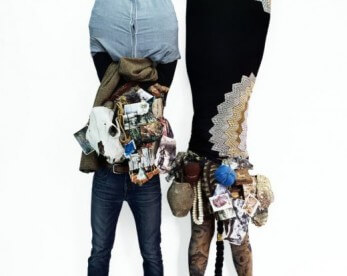
Written on March 6, 2014 at 10:00 pm, by Kara Pickman
For her new exhibition, Xaviera Simmons splits her practice, roughly, between two physical and intellectual states. Periods of fevered bursts of cultural mining—excavating small truths resident in objects and images found throughout the global landscape—are immediately followed by periods of rest. Specific to the layout at David Castillo’s Wynwood space, Simmon’s Open abandons her comfort zone in terms of curatorial choices and orientation. As every work hangs on the wall, the space morphs into a traditional portrait hall. Large-scale photographs of vaguely human torsos are hung at eye level.
Better Homemaking: Los Angeles and Miami
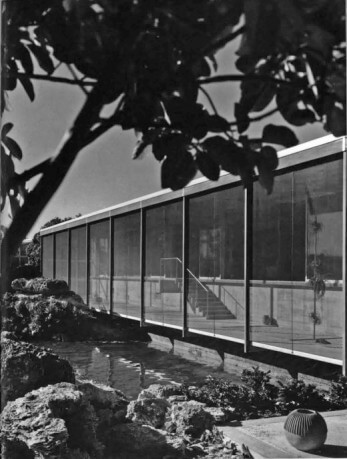
Written on March 6, 2014 at 10:00 pm, by Kara Pickman
Miami and Los Angeles were both self-invented in the sense that today they would, respectively, be a swamp and a desert without the benefits of major hydrological engineering. Both live under the shadow of cataclysmic events—hurricanes and earthquakes. Even so, their generally benign climates have historically outweighed the threat of natural disaster for generations of newcomers. Particularly for people from the northern sectors of Europe and the Americas, life in Miami and in Los Angeles evokes images of paradise. Perhaps an even greater attraction for migration, both cities offered new lifestyles and fresh chances. They were places to start over.
Permission to be Global: Latin American Art from the Ella Fontanals-Cisneros Collection
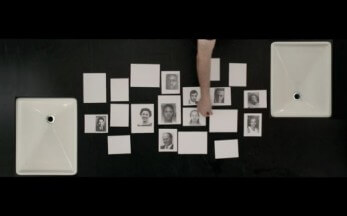
Written on March 6, 2014 at 10:00 pm, by Kara Pickman
The exhibition consists of an impressive selection of works created between the 1960s and the present, by more than 61 artists from over a dozen Latin American nations, striking a balance between historic precedents and more contemporary manifestations. Divided by four convincing thematic sections, including “Power Parodied,” “Borders Redefined,” “Occupied Geometries,” and “Absence Accumulated,” the exhibition establishes specific points of reference for individual works while flowing compellingly between contexts.
Poem
Written on March 6, 2014 at 10:00 pm, by Kara Pickman
The end of the world arrived in my neighborhood
without it mattering to anyone.
My parents put on CNN
and waited for the breaking news.
Simulacrum and Simulacrum: Miami Between Itself
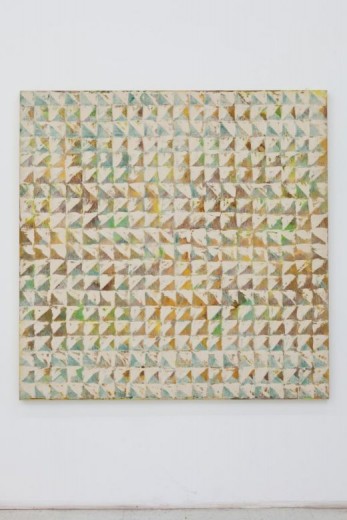
Written on March 6, 2014 at 10:00 pm, by Kara Pickman
The Miami art scene is charged with a palpable tension. At stake is nothing less than the defining qualities of the developing aesthetic gestalt. This tension can best be conceptualized as a battle of different versions of the “simulacrum,” a term that is as old as Plato and has been contested nearly as long. Though a simulacrum can be described as, roughly, an insubstantial semblance, there is also a possibility of dissimulation that lingers about it, for it replicates a particle of reality not as it is but as it might be. Far from a matter of sterile academic debate, how the Miami art community defines itself in relation to the idea of the simulacrum (and perhaps even as a simulacrum itself) will help define an identity still inchoate.
